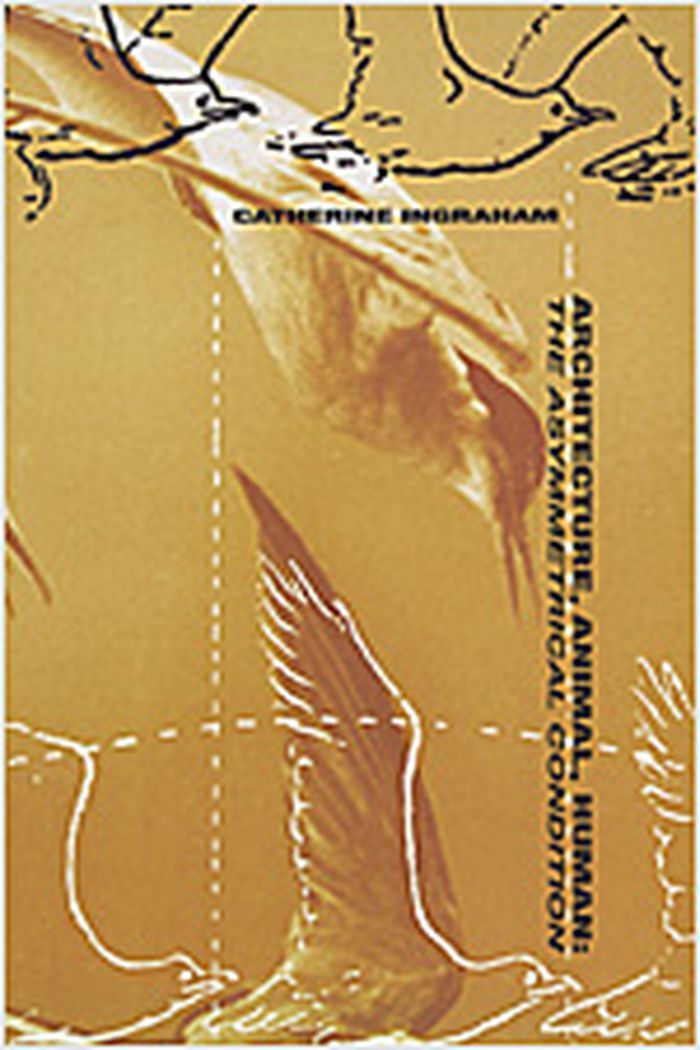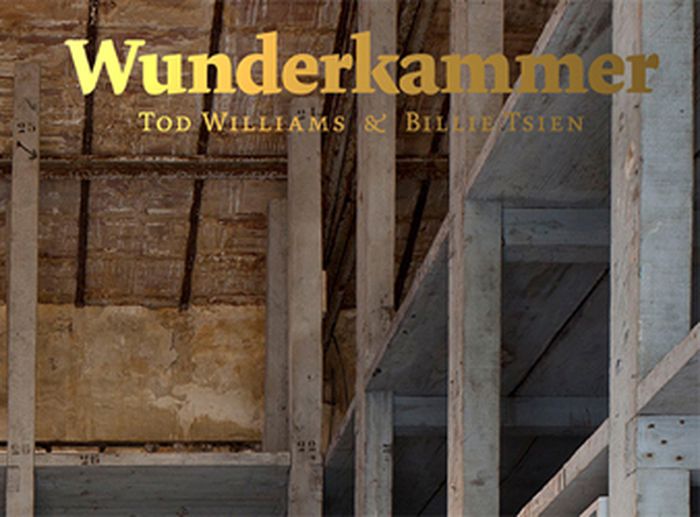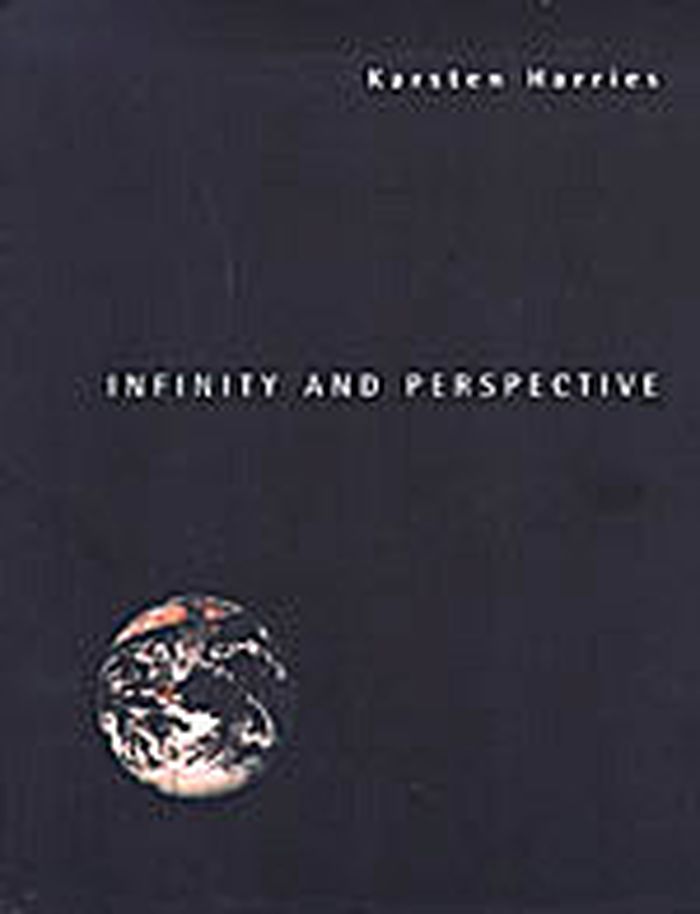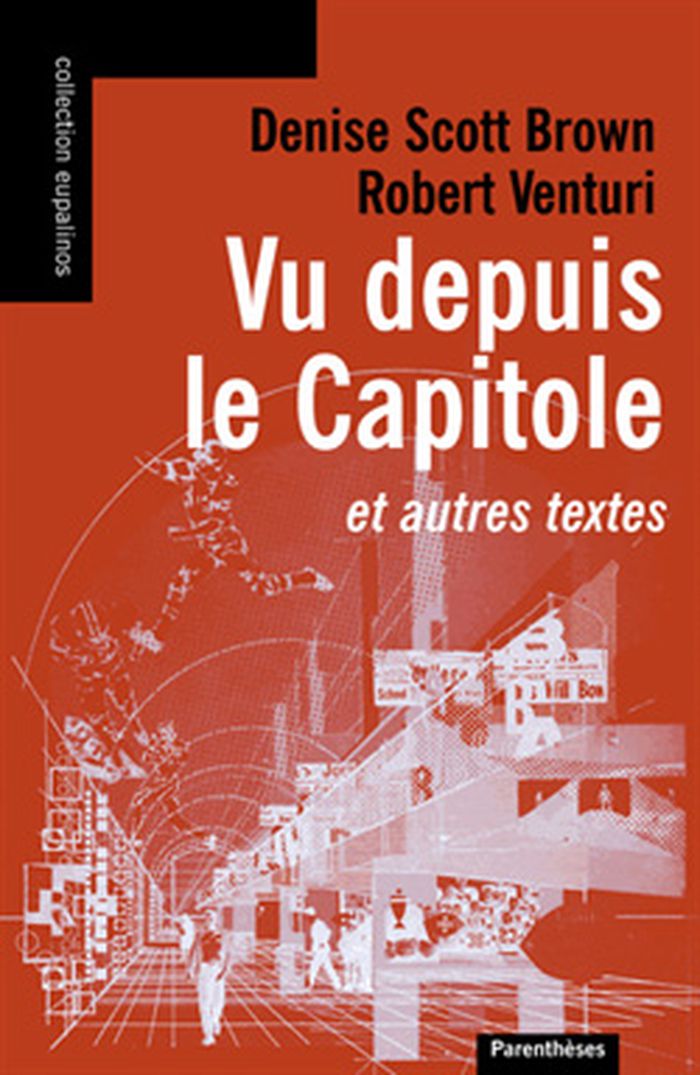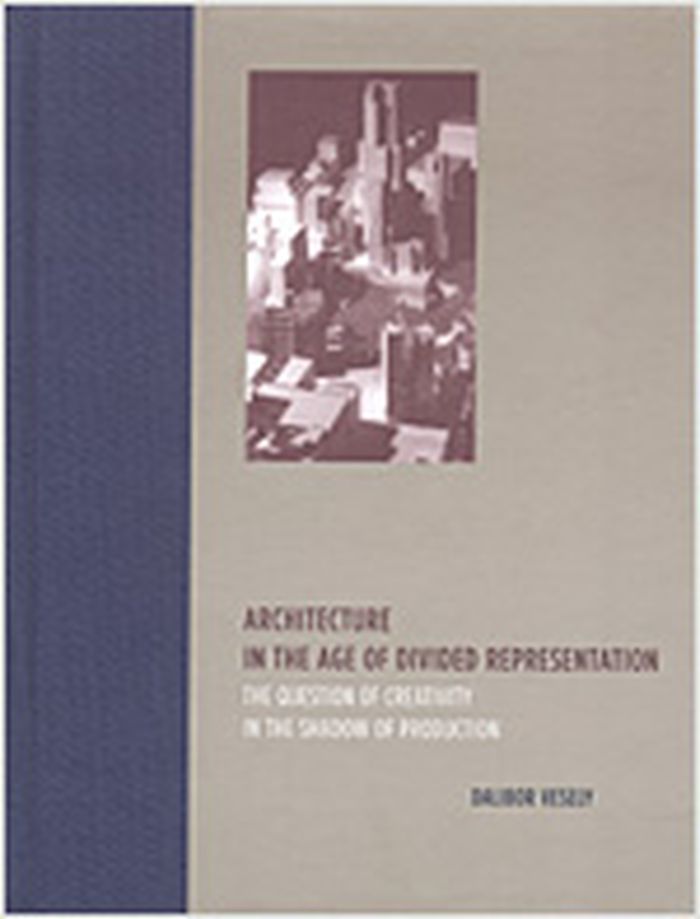books
Les nouvelles Athènes
$41.95
(available to order)
Summary:
La culture grecque, éteinte depuis longtemps, même en Grèce, est ressuscitée et revit à Florence», s'exclame Poliziano, une des grandes figures marquantes de la Renaissance italienne. Présentée comme une «nouvelle Athènes», Florence devient à son tour le modèle de quelques-uns des grands centres culturels aux XVIIIe et XIXe siécles au nord des Alpes. Dresde, Weimar,(...)
Les nouvelles Athènes
Actions:
Price:
$41.95
(available to order)
Summary:
La culture grecque, éteinte depuis longtemps, même en Grèce, est ressuscitée et revit à Florence», s'exclame Poliziano, une des grandes figures marquantes de la Renaissance italienne. Présentée comme une «nouvelle Athènes», Florence devient à son tour le modèle de quelques-uns des grands centres culturels aux XVIIIe et XIXe siécles au nord des Alpes. Dresde, Weimar, Munich ou Edimbourg deviennent, à l'apogée de leur rayonnement, des «nouvelles Athènes» ou des «nouvelles Florence». Le but de l'ouvrage d'André Reszler est d'esquisser l'histoire des grands mythes culturels de l'Europe moderne à travers ses réalisations successives...
books
November 2004, Gollion
Architectural Theory
$76.54
(available to order)
Summary:
The issues of the organic/inorganic, animate/inanimate and natural/technological are of paramount importance in the field of architecture both in current discussions about digital architecture and in classical debates from Vitruvius onwards. This book investigates the complex relationship of architecture to biological life, providing theoretical and historical(...)
Architecture, animal, human : the asymetrical condition
Actions:
Price:
$76.54
(available to order)
Summary:
The issues of the organic/inorganic, animate/inanimate and natural/technological are of paramount importance in the field of architecture both in current discussions about digital architecture and in classical debates from Vitruvius onwards. This book investigates the complex relationship of architecture to biological life, providing theoretical and historical underpinnings for a variety of contemporary debates in and around architecture. With discussion focussed on the Renaissance, the eighteenth-century and the late twentieth-century, this book will have a broad appeal to those with interest within and beyond architecture.
Architectural Theory
Wunderkammer
$34.95
(available to order)
Summary:
Inspired by the idea of the wunderkammer—“wonder-room” or “cabinet of curiosities”—that originated during the Renaissance, world-renowned architects Tod Williams and Billie Tsien invited 42 celebrated architects and designers from around the world to create their own wunderkammers, filling boxes with objects that inspire them. This book gathers together the varied,(...)
Wunderkammer
Actions:
Price:
$34.95
(available to order)
Summary:
Inspired by the idea of the wunderkammer—“wonder-room” or “cabinet of curiosities”—that originated during the Renaissance, world-renowned architects Tod Williams and Billie Tsien invited 42 celebrated architects and designers from around the world to create their own wunderkammers, filling boxes with objects that inspire them. This book gathers together the varied, evocative wunderkammers along with accompanying statements by their architect-creators, including such luminaries as Shigeru Ban, Toyo Ito, Diller Scofidio + Renfro, Peter Eisenman, Steven Holl, Richard Meier, Murray Moss, Diébédo Francis Keré, Juhani Pallasmaa, Elias Torres, and Peter Zumthor.
Architectural Theory
Infinity and perspective
$36.95
(available to order)
Summary:
Much postmodern rhetoric, suggests Karsten Harries, can be understood as a symptom of our civilization's discontent, born of regret that we are no longer able to experience our world as a cosmos that assigns us our place. But dissatisfaction with the modern world may also spring from a conviction that modernism has failed to confront the challenge of an inevitably open(...)
Infinity and perspective
Actions:
Price:
$36.95
(available to order)
Summary:
Much postmodern rhetoric, suggests Karsten Harries, can be understood as a symptom of our civilization's discontent, born of regret that we are no longer able to experience our world as a cosmos that assigns us our place. But dissatisfaction with the modern world may also spring from a conviction that modernism has failed to confront the challenge of an inevitably open future. Such conviction has frequently led to a critique of modernity's founding heroes. Challenging that critique, Harries insists that modernity is supported by nothing other than human freedom. But more important to Harries is to show how modernist self-assertion is shadowed by nihilism and what it might mean to step out of that shadow. Looking at a small number of medieval and Renaissance texts, as well as some paintings, he uncovers the threshold that separates the modern from the premodern world. At the same time, he illuminates that other, more questionable threshold, between the modern and the postmodern. Two spirits preside over the book: Alberti, the Renaissance author on art and architecture, whose passionate interest in perspective and point of view offers a key to modernity; and Nicolaus Cusanus, the fifteenth-century cardinal, whose work shows that such interest cannot be divorced from speculations on the infinity of God. The title Infinity and Perspective connects the two to each other and to the shape of modernity.
Architectural Theory
$70.00
(available to order)
Summary:
This book is about a way of building that for centuries dominated the making of monumental architecture – yet now not only is it lost as practice, but knowledge of its very existence is consigned to oblivion. Trachtenberg rewrites the history of medieval and Renaissance architecture in Italy and recasts the turn to modernity in new terms, those of temporality and its role(...)
Building in time: From Giotto to Alberti and modern oblivion
Actions:
Price:
$70.00
(available to order)
Summary:
This book is about a way of building that for centuries dominated the making of monumental architecture – yet now not only is it lost as practice, but knowledge of its very existence is consigned to oblivion. Trachtenberg rewrites the history of medieval and Renaissance architecture in Italy and recasts the turn to modernity in new terms, those of temporality and its role in architectural theory and practice. Recovering this lost element of the deep architectural past allows us also to see the present in a new way: that temporality is not any neutral or secondary factor in modern architecture culture, but an epistemic condition that silently affects all production and experience of the built environment.
History until 1900, Classicism
$32.95
(available in store)
Summary:
Robert Venturi est reconnu comme l'un des grands architectes-théoriciens du XXe siècle. Vu depuis le Capitole (qui aurait tout aussi bien pu s'intituler De Michel-Ange à McDonald) rassemble dix-sept articles écrits avec son associée, Denise Scott Brown, entre 1953 et 1982, et publiés à l'origine dans des revues d'architecture. Ils y livrent leurs réflexions sur l'histoire(...)
Vu depuis le Capitol, et autres textes
Actions:
Price:
$32.95
(available in store)
Summary:
Robert Venturi est reconnu comme l'un des grands architectes-théoriciens du XXe siècle. Vu depuis le Capitole (qui aurait tout aussi bien pu s'intituler De Michel-Ange à McDonald) rassemble dix-sept articles écrits avec son associée, Denise Scott Brown, entre 1953 et 1982, et publiés à l'origine dans des revues d'architecture. Ils y livrent leurs réflexions sur l'histoire de l'architecture depuis la Renaissance et le baroque et, concernant les XIXe et XXe siècles, évoquent aussi bien l'Ecole des beaux-arts que Frank Furness, Sir Edwin Lutyens, Alvar Aalto ou l'influence de la pop culture américaine sur l'architecture.
Architectural Theory
$62.50
(available to order)
Summary:
Dalibor Vesely proposes an alternative to the narrow vision of contemporary architecture as a discipline that can be treated as an instrument or commodity. In doing so, he offers nothing less than an account of the ontological and cultural foundations of modern architecture and, consequently, of the nature and cultural role of architecture through history. Vesely's(...)
Architecture in the age of divided representation : the question of creativity in the shadow of production
Actions:
Price:
$62.50
(available to order)
Summary:
Dalibor Vesely proposes an alternative to the narrow vision of contemporary architecture as a discipline that can be treated as an instrument or commodity. In doing so, he offers nothing less than an account of the ontological and cultural foundations of modern architecture and, consequently, of the nature and cultural role of architecture through history. Vesely's argument, structured as a critical dialogue, discovers the first plausible anticipation of modernity in the formation of Renaissance perspective. Understanding this notion of perspective against the background of the medieval philosophy of light, he argues, leads to an understanding of architectural space as formed by typical human situations and by light before it is structured geometrically. The central part of the book addresses the question of divided representation - the tension between the instrumental and the communicative roles of architecture - in the period of the baroque, when architectural thinking was seriously challenged by the emergence of modern science. Vesely argues that to resolve the dilemma of modernity - reconciling the inventions and achievements of modern technology with the human condition and the natural world - we can turn to architecture and its latent capacity to reconcile different levels of reality, its ability to relate abstract ideas and conceptual structures to the concrete situations of everyday life. Vesely sees the restoration of this communicative role of architecture as the key to the restoration of architecture as the topological and corporeal foundation of culture; what the book is to our literacy, he argues, architecture is to culture as a whole. He concludes by proposing a new poetics of architecture that will serve as a framework for the restoration of the humanistic role of architecture in the age of technology.
Architectural Theory
$31.50
(available to order)
Summary:
In this long-awaited work, Dalibor Vesely proposes an alternative to the narrow vision of contemporary architecture as a discipline that can be treated as an instrument or commodity. In doing so, he offers an account of the ontological and cultural foundations of modern architecture and, consequently, of the nature and cultural role of architecture through history.(...)
Architectural Theory
October 2006, Cambridge (MA), London
Architecture in the age of divided representation : the question of creativity in the shadow of production
Actions:
Price:
$31.50
(available to order)
Summary:
In this long-awaited work, Dalibor Vesely proposes an alternative to the narrow vision of contemporary architecture as a discipline that can be treated as an instrument or commodity. In doing so, he offers an account of the ontological and cultural foundations of modern architecture and, consequently, of the nature and cultural role of architecture through history. Vesely's argument, structured as a critical dialogue, discovers the first plausible anticipation of modernity in the formation of Renaissance perspective. Understanding this notion of perspective against the background of the medieval philosophy of light, he argues, leads to an understanding of architectural space as formed by typical human situations and by light before it is structured geometrically. The central part of the book addresses the question of divided representation - the tension between the instrumental and the communicative roles of architecture - in the period of the baroque, when architectural thinking was seriously challenged by the emergence of modern science. Vesely argues that to resolve the dilemma of modernity - reconciling the inventions and achievements of modern technology with the human condition and the natural world - we can turn to architecture and its latent capacity to reconcile different levels of reality, its ability to relate abstract ideas and conceptual structures to the concrete situations of everyday life. Vesely sees the restoration of this communicative role of architecture as the key to the restoration of architecture as the topological and corporeal foundation of culture; what the book is to our literacy, he argues, architecture is to culture as a whole. He concludes by proposing a new poetics of architecture that will serve as a framework for the restoration of the humanistic role of architecture in the age of technology.
Architectural Theory
books
$66.00
(available to order)
Summary:
Although patents existed in Renaissance Italy and even in Confucian thought, it was not until the middle third of the nineteenth century that architects embraced the practice of patenting in significant numbers. Patents could ensure, as they did for architects' engineering brethren, the economic and cultural benefits afforded by exclusive intellectual property rights. But(...)
Prior art: Patents and the nature of invention in architecture
Actions:
Price:
$66.00
(available to order)
Summary:
Although patents existed in Renaissance Italy and even in Confucian thought, it was not until the middle third of the nineteenth century that architects embraced the practice of patenting in significant numbers. Patents could ensure, as they did for architects' engineering brethren, the economic and cultural benefits afforded by exclusive intellectual property rights. But patent culture was never directly translatable to the field of architecture, which tended to negotiate issues of technological innovation in the context of the more abstract issues of artistic influence and formal expression. In "Prior art," scholar Peter Christensen offers the first full-scale monographic treatment of this complex relationship between art and invention.
books
May 2024
Architectural Theory
books
The art of memory
$42.95
(available to order)
Summary:
The ancient Greeks, to whom a trained memory was of vital importance - as it was to everyone before the invention of printing - created an elaborate memory system, based on a technique of impressing 'places' and 'images' on the mind. Inherited and recorded by the Romans, this art of memory passed into the European tradition, to be revived, in occult form, at the(...)
The art of memory
Actions:
Price:
$42.95
(available to order)
Summary:
The ancient Greeks, to whom a trained memory was of vital importance - as it was to everyone before the invention of printing - created an elaborate memory system, based on a technique of impressing 'places' and 'images' on the mind. Inherited and recorded by the Romans, this art of memory passed into the European tradition, to be revived, in occult form, at the Renaissance, and particularly by the strange and remarkable genius, Giordano Bruno. Such is the main theme of Frances Yates's unique book, in the course of which she sheds light on such diverse subjects as Dante's Divine Comedy, the form of the Shakespearian theatre and the history of ancient architecture.
books
September 1999
Architectural Theory
